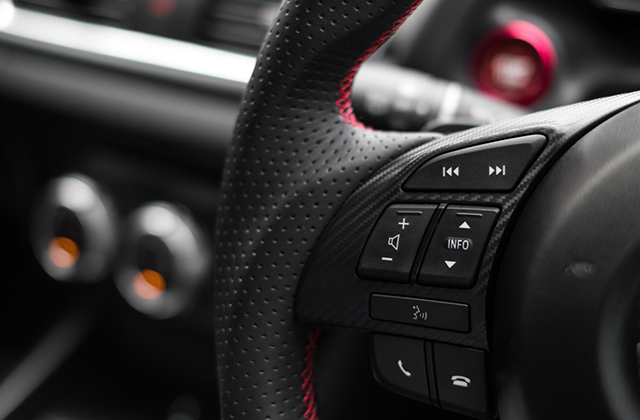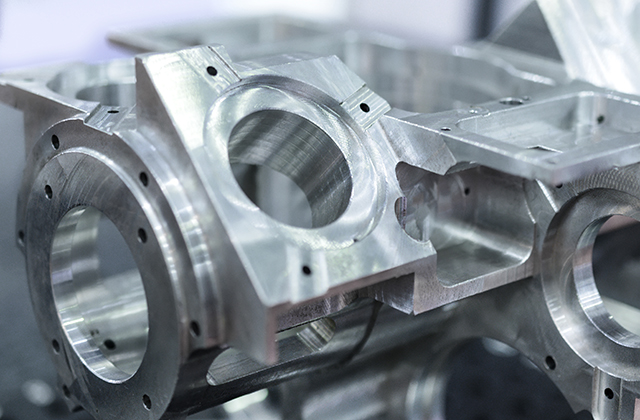One purpose of a good carnauba wax is to repel and bead water on the surface of a vehicle. You might feel frustrated when you have to deal with repairs on your car. You must do something because you don’t want to have to feel this experience every time. Keep reading in order to learn how you can take control of dealing with auto repairs this next time around. Avoid brittleness of your leather using a leather conditioner from https://www.waxit.com.au/
This certification means the technician has passed a test and has over 2 years of experience under his or her belt. This will let you know that the best of the best repairing your automobile.
Ask questions about your vehicle. Preventing vehicle issues is a great way of saving money during the year.
Make sure that you do not neglect the radiator. Run your car for a bit, turn it off then pop the hood. Don’t open your radiator cap if your car is running.Check the radiator fluids using a dipstick and remember to dilute coolant with water before putting it in the radiator.
Ask mechanics if they have done work on your particular make and model of car before contracting with them. If they have, they will probably know what must be done to help your car work again.
Go through your owner’s manual and make sure to mark important pages. You could even discover how to solve your car problems yourself.
Keep a record of every car is fixed or maintained. If you have more problems later, it is useful to be able to give your mechanic all such records.
Make sure any mechanic can work on your particular car. If you don’t know, pay a little more to get an authorized dealer to work on the car.
Replacing the bulbs on your taillights or headlights yourself can save you do it by yourself. Some vehicles make it easier to do, but you can save a lot by doing it yourself regardless of how complex your system is. See if anyone you know can tell you a lesson.
The ignition cannot hold the weight of your keychain can cause problems for your ignition.If the key starts to stick, you need to get new tumblers and no longer use that little troll head keychain!
It is important to have your regularly scheduled oil changes. You should regularly get the oil changed to make sure your car running smoothly. If you don’t change it, your car may not last as long as it could.
Think about snapping some photos of your car prior to bringing it in for repairs somewhere. Some unethical shops strip parts off your vehicle and resell them. You need to be able to document the vehicle in case your mechanic fails to fix them or makes things worse.
Not many people read their car’s owner’s manual. You should review this manual and know what you need to do if a problem comes about. Your manual has all that you should know about maintaining your car and performing small repairs yourself.
It may be a recall you didn’t know about. The manufacturer may fix your car free of charge.
Consistency is important when it comes to auto repair shops. Stick to a trusted mechanic whom you have used before instead of going around to various ones for repairs.Different shops may give you a different diagnosis of your car. They could charge you more; don’t let this happen.
After you pay a mechanic and let them replace something on your vehicle, make sure the mechanic gives you the old ones that were removed. If he does not want to do that, this could mean that they didn’t replace anything. This should call him out on it.
If an auto body shop does good work for you, make sure to go to them for all your car troubles. You will get discounts and free tips from your continued business.
Do not add water in the compartment for windshield washer compartment. Water can clean your windshield, sure, you could damage it. Check the windshield washer compartment often to refill it as necessary. Don’t insist if the compartment to empty before refilling.
Seek second opinions prior to committing to major repairs on you car. The mechanic may be offended or offer a special price to do repairs right away, but be suspicious of this.
Don’t hesitate to ask questions when you’re getting your car fixed. Any decent company will gladly answer all questions.
Find a mechanic who is already familiar with your vehicle.Ask whoever will be responsible for the repairs if they have previously worked on your make and model of vehicle.
Do not try to repair your own car unless you’re sure you have experience doing it. You could end up voiding your warranty otherwise. This will mean you’re responsible financially for all future problems could be to your cost.
Don’t buy into the theory that you need a tuneup at 10000 miles.This is simply a rule of thumb that actually depends on the make and should not be followed religiously. You would be better be served by adhering to the maintenance schedule recommended by the manufacturer of your car.
Check your drive axle boots once in a regular basis. These are needed to protect the drive axle joints behind your tires). You can inspect them by turning your car’s wheels and look behind them.
You now know what you need to succeed with auto repairs. When dealing with a stubborn car next time, you won’t fall victim to swindling mechanics. If you need some advice about car repairs, read on.


